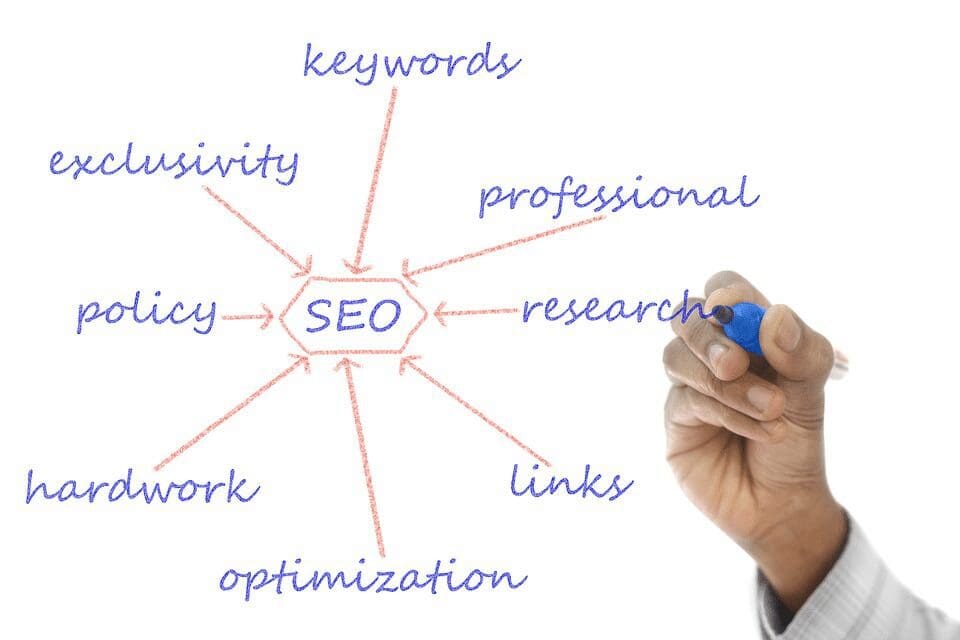What is on-page optimization?
On-page search engine optimization, also known as on-site SEO, is a process to improve search visibility and effectiveness in search engine results pages (SERPs), earn more traffic, and improve rankings in SERPs.
Creating new pages is one of the most important aspects of on-page technical SEO tactics. By creating a new page, you can ensure fresh, relevant content on your website that will be engaging for users and helpful for other search engines. Additionally, a new page allows you to target new keywords and phrases you want your business to rank for.
WSI Web Enhancers is a full-service SEO company that can help Albuquerque businesses improve their rankings within search results pages. Simply creating new webpages is not enough; you must also be able to optimize them to meet the ranking factor against other pages.

How to Create a Webpage That Search Engines Will Love
Do your keyword research.
Before you start creating new pages, it’s crucial to do your keyword research. Doing this will help you determine which keywords and phrases you want to target with your new webpage content. You can use several tools for keyword research to manage keyword density, including the Google AdWords Keyword Planner and Google Trends.
Ensure webpages are well-optimized to appear in search engine results pages.
Once you’ve selected the keywords you want to target, it’s essential to make sure that your webpages are well-optimized. You may follow the complete guide below to optimize your webpage’s content for on-page SEO:
- Optimize content by including a specific keyword in the page title tags, headings, and body text. Include a high-level overview through the meta description.
- Build context by including target keyword synonyms and related keywords, meta tags, and image alt tags. Ensure your content doesn’t have any missing meta descriptions.
- Use particular, keyword-rich anchor text. Avoid keyword stuffing and monitor keyword density.
- Optimize your images with keywords, on-page elements, anchor text, alt tags, and meta tags.
- Use link building through inbound links and outbound links to optimize your website architecture. Internal links and external links will also help.
- Increase social media mentions.
Add new pages regularly.
Adding new pages is necessary to keep your website fresh and relevant. Doing this will help you ensure that there is always new, valuable content for users and search engines. Additionally, periodically adding new pages can help you attract more visitors from other authoritative pages to your website over time.
Promote your new pages.
Once you create content for a new page, it’s important to promote them to improve content marketing. Promoting will help you ensure visibility to as many people as possible. You can do this in several ways, including through social media, email marketing, and pay-per-click advertising.

Attract More Visitors With Effective SEO
Keeping up-to-date with your website’s content is an essential part of local SEO. Adding new pages to your website can improve your visibility in search results, attract more visitors, and improve search intent. Keep these tips in mind to ensure that your new pages and page titles are effective and successful.
For a free consultation, including website analysis and an SEO audit, call WSI Web Enhancers at 505-850-9177.
Useful articles:
What Is Off-Page Optimization?

Jukka founded WSI Web Enhancers in 2012. His progressive and pioneering SEO approaches help businesses increase traffic while improving conversion rates. As an accomplished digital marketing authority, he spins effective web design, SEO, and social media engagement into winning strategies for local and national companies.






